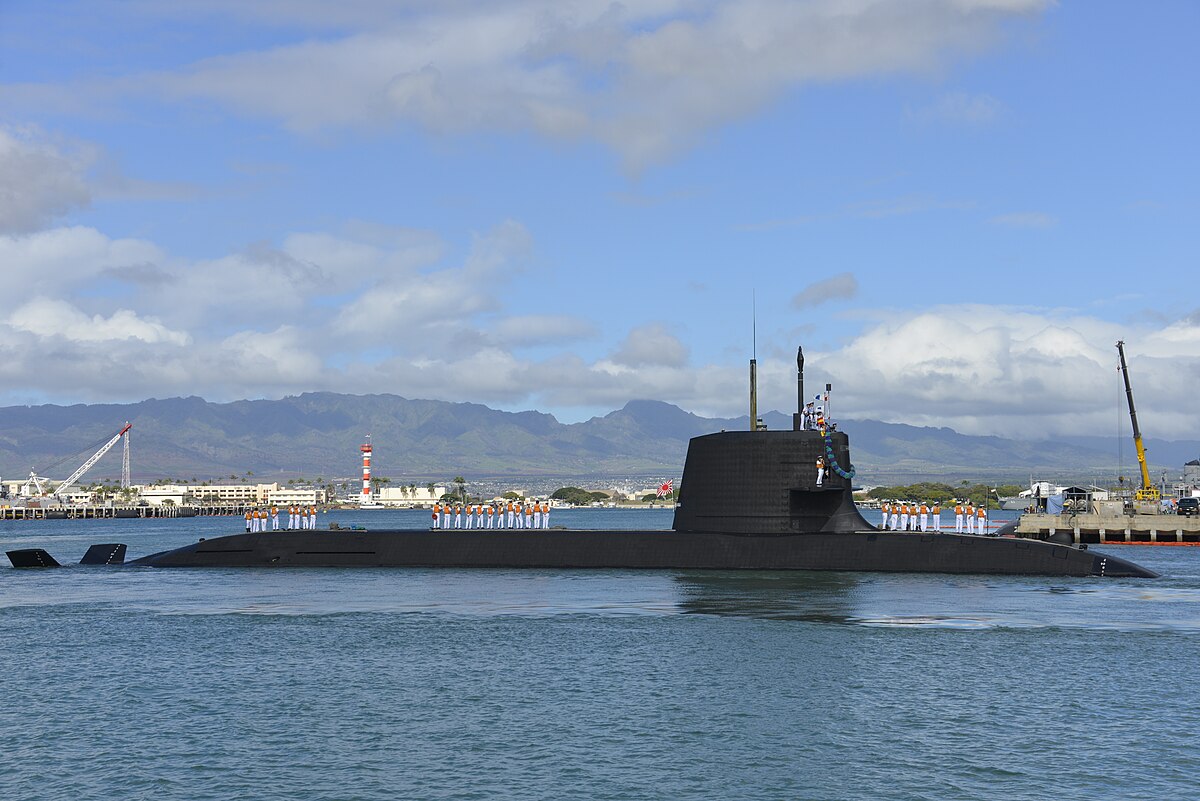Admiral Beez
Major

Canada seeks to join non-nuclear pillar of AUKUS alliance
Sources suggest the Department of Global Affairs and the Privy Council Office continue to work to sign up Canada in the non-nuclear aspect of the trilateral security pact
Paywall free here https://archive.is/iEZFm
Canada is going to have to seriously up its game before the US, UK and Aussies will let us play. For starters, most of our naval assets and attention are in the North Atlantic, not Pacific. I suppose the virtue signaling about Canada wanting a dozen new submarines is intended to suggest we're serious.
What submarine options are realistic for Canada? We hope we don't try to build them at home, but instead buy some from elsewhere. We need long range SSKs with accommodations suitable for long deployments. Japan, AIUI produces submarines regardless of need just to keep the yard open and expertise on hand, and has been offering their subs for export.

Sōryū-class submarine - Wikipedia
Last edited:



